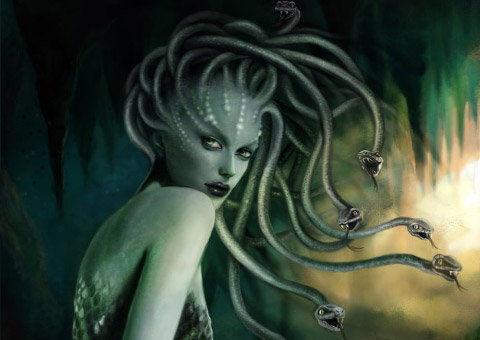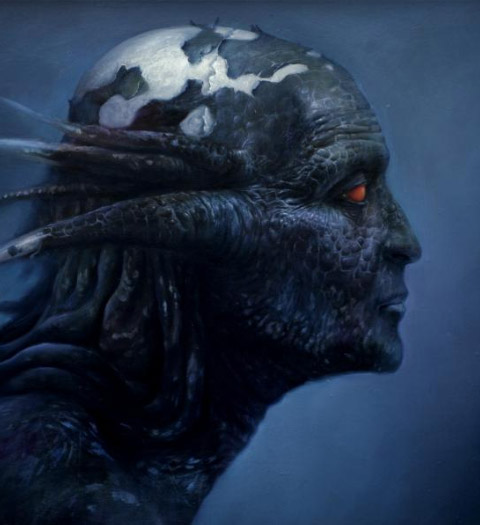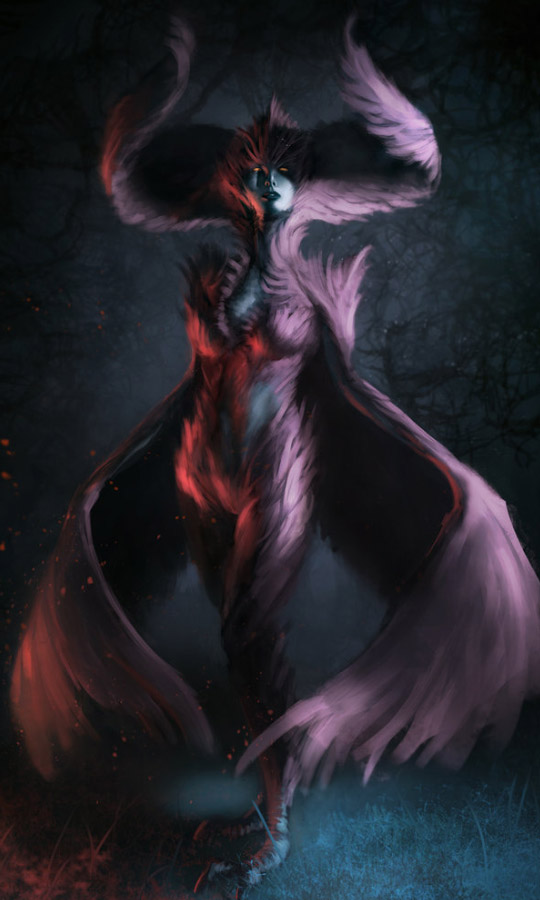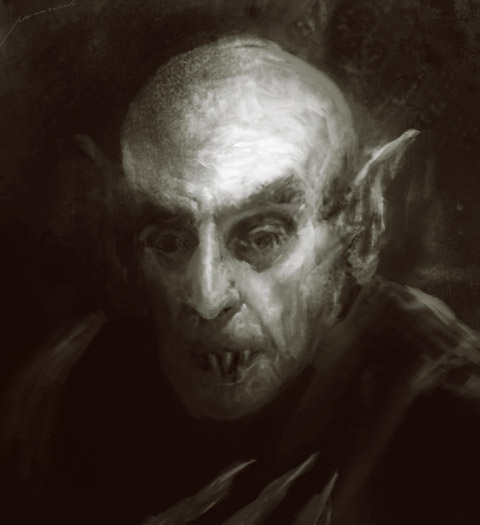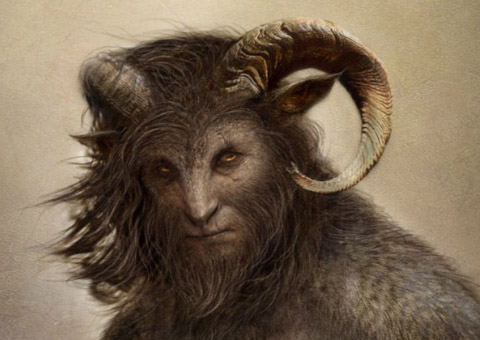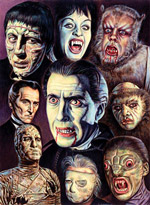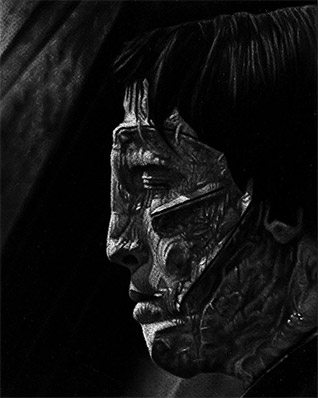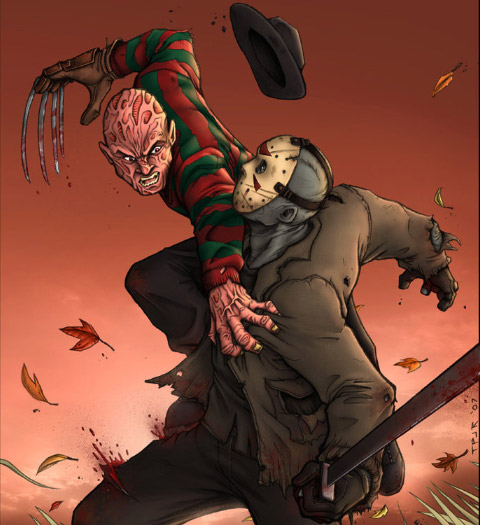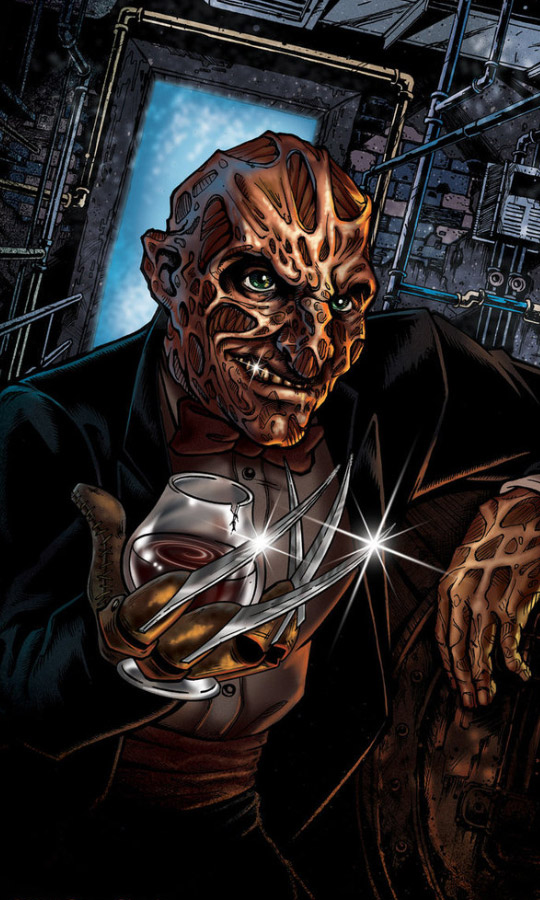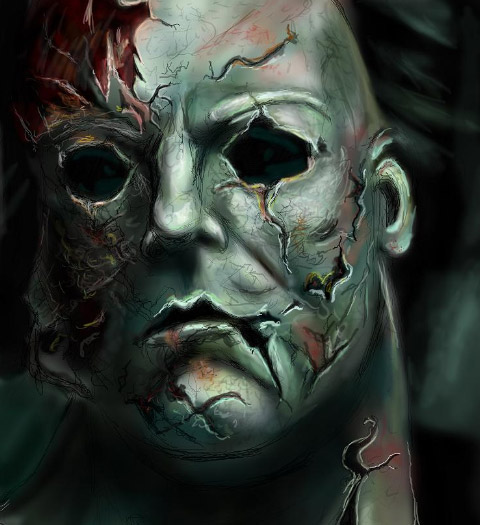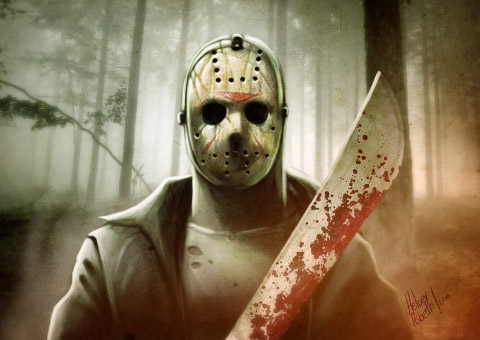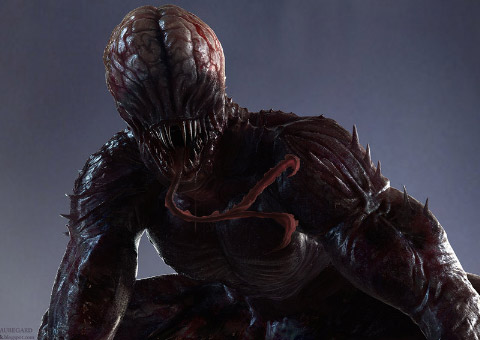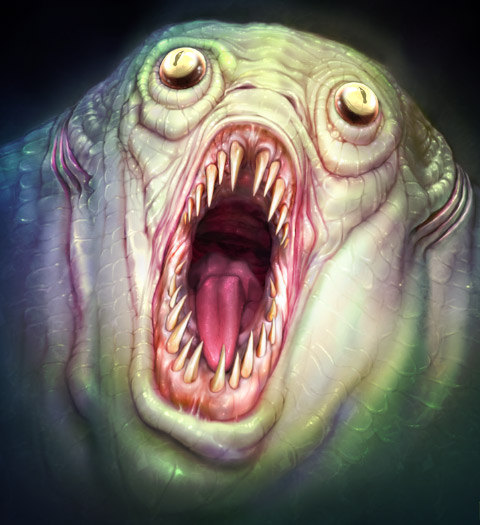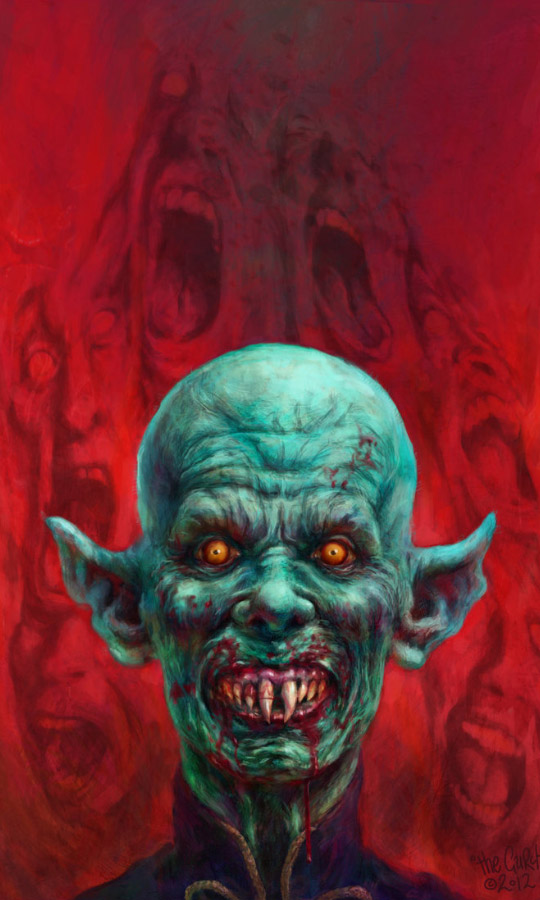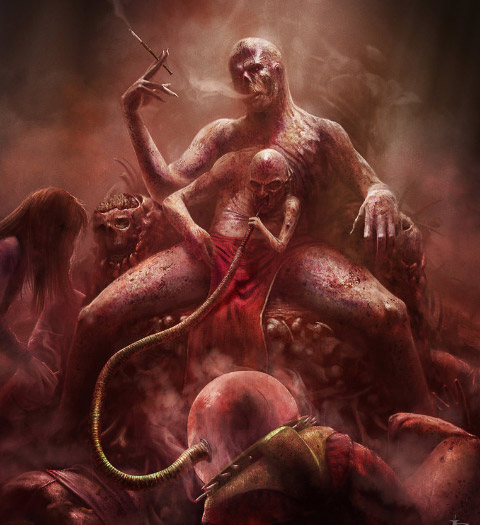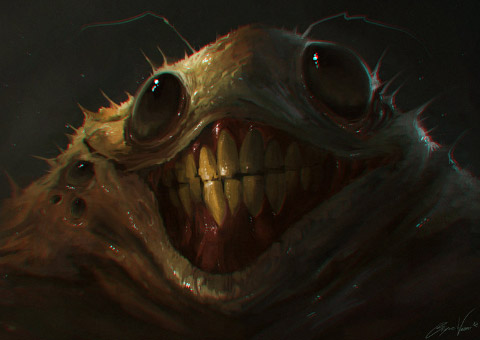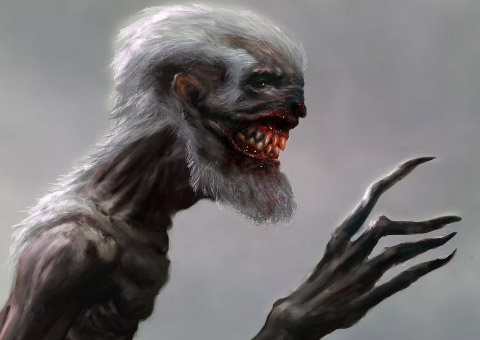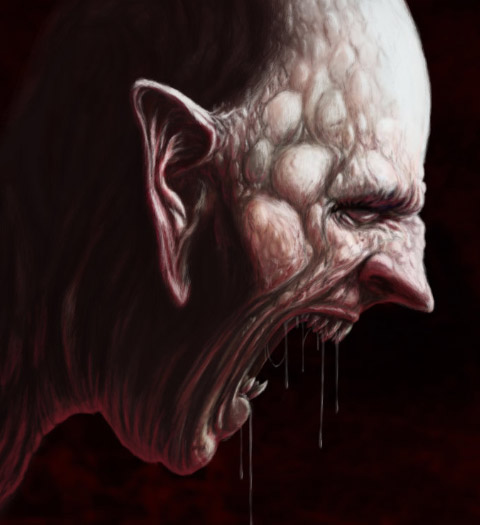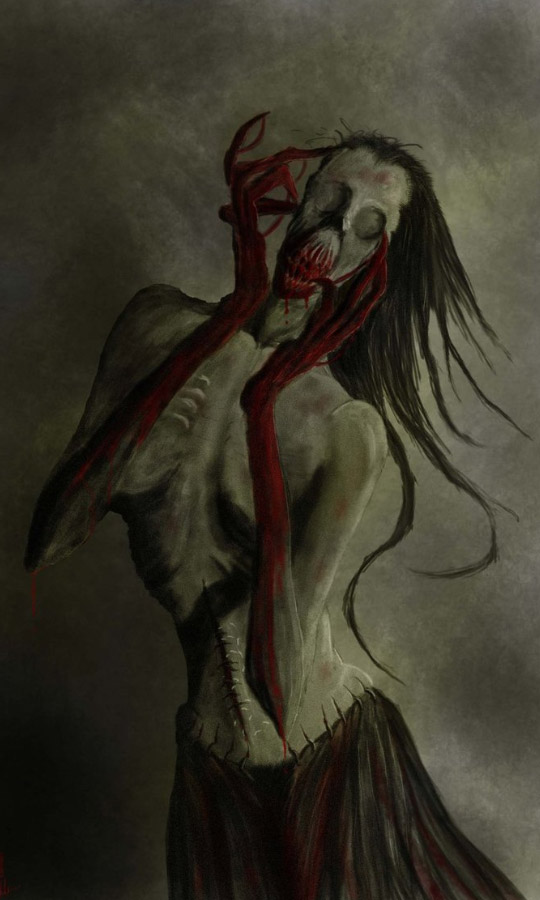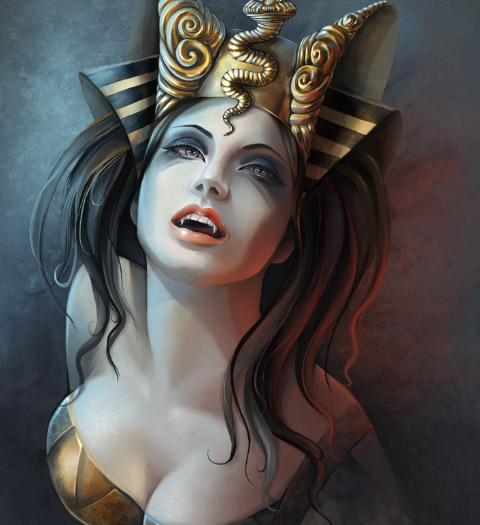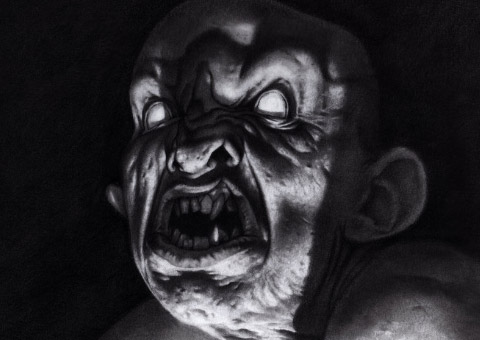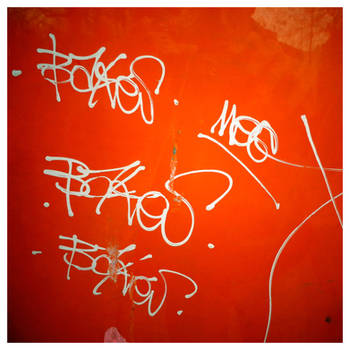A Pop Culture Interpretation of The Supernatural
Every culture around the world created gods and other mythical beings by mixing and matching fanged and taloned animal parts—e.g., enormous eagle heads on lions’ bodies—human beings have always seemed to need to believe there are powerful and usually quite vengeful supernatural beings lurking just beyond the candlelight.
Supernatural beings come to serve several purposes:
- They kept people on the lighted path of truth and goodness, fearful of exploring beyond;
- They were a reminder of the punishment we deserved for our sins;
- They were a way of analyzing primal drives and their consequences by creating stories about the gods.
Above all, the monsters we created, gods and devils, were reflections of everything evil or destructive we feared might be hidden deeply within ourselves.
Since the beginning of the Twentieth Century, films have been our collective monster factory, reflecting a rough idea of our deepest fears at any given time—fears exposed on film for necessary cathartic ritual showings. A brief survey of the monsters of our last century tells us a lot about what our civilization was thinking about each night when the lights went out.
The first supernatural content in silent movies tended to fixate on witchcraft. But it was Dracula and Frankenstein in 1931 that rescued Universal Studios from the Great Depression and redefined “the monster movie” forever. Horror icons Boris Karloff and Bela Lugosi would establish the vampire and the reanimated dead as the templates for monster creation. The Universal monsters of the 1930s and 1940s reflected the Depression and World War II.
It seemed a golden future made possible through science had somehow gone horribly wrong and thrown us back further than when we started out. Science could be dangerous. And perhaps the mysticism of religion shouldn’t be abandoned so cavalierly.
The nuclear cloud of the atomic bombing of Japan hung over most the monster movies of the 1950s. The vampires, werewolves and mummies of the decades before could be fought and defeated with an American purity of heart and re-established trust in higher powers, but the imminent worldwide nuclear holocaust caused a new monster to be born from the irradiated waters of Japan.
We can thank the bomb for
Godzilla
and the many other enormous city-crushing Japanese monsters.
Dracula and Frankenstein faded away.
Universal only managed to launch one new bona fide “monster”:
The Creature From the Black Lagoon
He was Godzilla Light. In Hollywood, Roger Corman produced low-budget irradiated critters flicks like Attack of the Crab Monsters (1957). The studios followed the Japanese, unleashing the following menaces all super-sized by radiation leaks: Ants, Leeches, Wasps, a Tarantula, a Mantis, a Scorpion, Shrews, Spiders and a Blob.
Nuclear war and radiation were what was on our minds in the 1950s, and our gigantic monsters reflected the overwhelming immensity of the fear.
The violence and upheaval of the 1960s climaxing in Vietnam brought the British Hammer Studios monster movies into vogue featuring massive infusions of nudity, bloody violence and random cruelty. The Hammer Dracula and Frankenstein monsters completely lacked any subtlety.
The 80s gave us the Reagan era tough love reaction against youthful sex, drugs and rock ‘n’ roll culture perceived to have run amok. The President had three Dark Knights to lead the charge against fun:
Jason, Michael & Freddy
These three new monsters from, respectively, Friday the 13th, Halloween and Nightmare on Elm Street, and a plague of their sequels worked the formula of exploiting stories of unsupervised stoned teens getting it on to rake in ticket sales—while at the same time driving home the Reagan-tough point of the morality tale by having one of the three knights slaughter the offending sex and drug-partaking kids in his own ultra-violent signature fashion. The new monster was an immortal force of nature—actually, two: the ravenous male testosterone-driven libido and its complement, a psychotic religious guilt over each eruption of that libido.
Jason, Michael and Freddy can never die because the teen sex and guilt conundrum can never die. It is the forever formula for human and box office regeneration.
In the late 1980s and 1990s, the Soviet Union and its satellite socialist states collapsed. While the Three Knights continued their slaughter of wasted youth domestically, a second track was opened in the American psyche, in monster terms. The USA had lost its grand Other. With no Soviet Union, who was our main enemy seeking to invade? With no military force on Earth strong enough to scare Americans awake at night, thoughts migrated to Outer Space. And two new monster prototypes vied for the title of Other.
Pop sociologists are now struggling with the outer space derivation of the Alien-Alien, Predator-Alien (not to mention the inundation of zombie hordes and space-based aliens rising out of the Pacific) What do they represent in our mass subconscious:
A longing for an outside nemesis that all humanity worldwide can unite in fighting, or;
Are they stand-ins for each countries' definition of the ‘Other’?
Delightful
Creatures & Monsters
From the Collective Subconscious of deviantART

Questions
For the Reader

Do you prefer your scary movies to feature individual bad guys like vampires, or mass assault forces like zombie outbreaks?

Which horror film storyline do you believe has the most truth to it. What makes possession so much more believable than say ghostly hauntings going bump in the night?

Is it the monster or the story that holds you pinned to the edge of your seat?

Do the psychological underpinnings of why we respond to certain subconscious primal fears as well as to new fears just beneath the surface of our consciousness interest you? Or is a scary movie just a scary movie?

What was the first monster movie that really terrified you?




